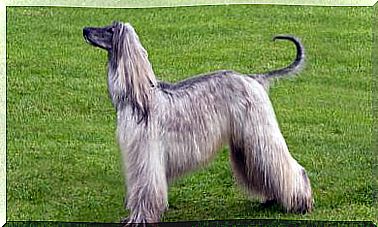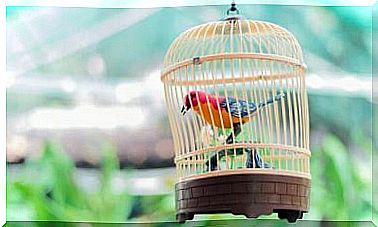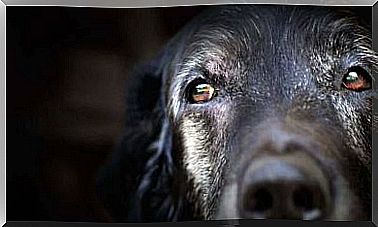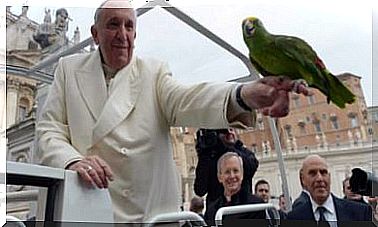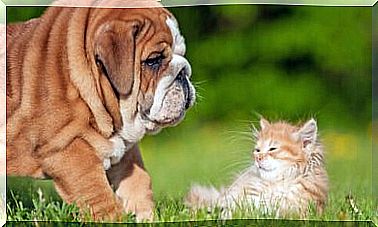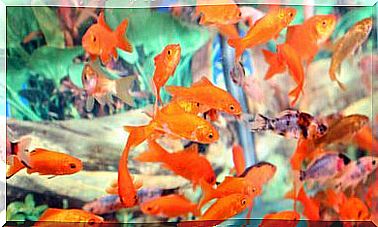Meaning Of Canine Growl Language

Although they don’t speak like us, animals are also capable of expressing feelings and, for that, they communicate through sounds, gestures and postures. Dogs use all of this to indicate their emotional state, and the same gesture can be used in very different situations. Knowing the language of canine growl can help us understand what they mean to us.
Do dogs speak to us?
Dogs have a whole repertoire of vocalizations with which they communicate with each other, with other animals and also with us.
- Barking. The most common sound in dogs. Barking can appear in different contexts : it serves as a warning, warning, play, seeking attention, agitation… Wolves and Nordic dogs do not use barking as the main form of communication, unlike domesticated dogs.
- Howls. More typical of wolves and Nordic dogs, such as the husky or Alaskan Malamute, howls serve to delimit a territory in the natural environment, as well as to locate pack members or hunt. It is also very common in dogs as a reaction to a loud noise, such as an ambulance siren.
- Growl. It is usually related to situations that involve some aggressiveness. It is a type of warning or threat before an attack, but it can also occur in normal situations, such as during games.
- Whimpering. The whining can appear in situations that cause frustration for the dog. It can be a sign of appeasement that seeks to end the situation that is causing stress to the animal.
- Breathing hard. The wheezing can be the result of agitation, stress or simply because it is hot or the dog is thirsty, as it is a way to cool the body heat.
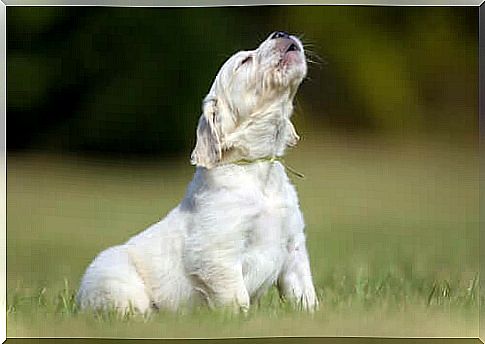
The language of canine growl
As mentioned, the same sound or gesture can be repeated in different contexts and mean something totally different. We have to learn to observe the context to interpret our dog’s emotional state.
Also, each puppy has its own personality and can be more or less noisy, regardless of the situation you are in.
To understand the language of the canine growl, we must analyze the context and observe other signs presented by the animal:
- Growl during games. There are dogs that growl while they are playing, without this being a warning to whoever is playing with them. However, this can sometimes be misinterpreted by another dog or someone else and lead to conflict.
- Warning growl. In this case, we must be careful, as the dog is going through an unpleasant situation and wants us to keep our distance. The body posture is very typical: the body is tense, it shows its teeth, it can look fixedly or sideways…
- Growl in pain. A dog can growl or scream if it is in pain and we have to touch it.
Situations in which dogs can growl
We’ve already seen why dogs growl. There are many stimuli that can cause growling: lack of socialization is a very common reason that causes canine growling situations.
It is very important that the puppy is presented to very different and varied stimuli during the growing period so that he gets used to your presence and does not present problems as an adult.
Many dogs often growl in situations they have never been exposed to before, such as when dealing with small children or people on the move (bikes, motorcycles or people running), when bathing and brushing, when riding in a car, when going to the veterinarian …

At such times, punishment is not the solution, as this will only increase the dog’s stressful and aggressive situation. If these situations are a problem in the daily life of an adult dog, we should consult a behavior specialist to try to gradually get him used to each situation.
